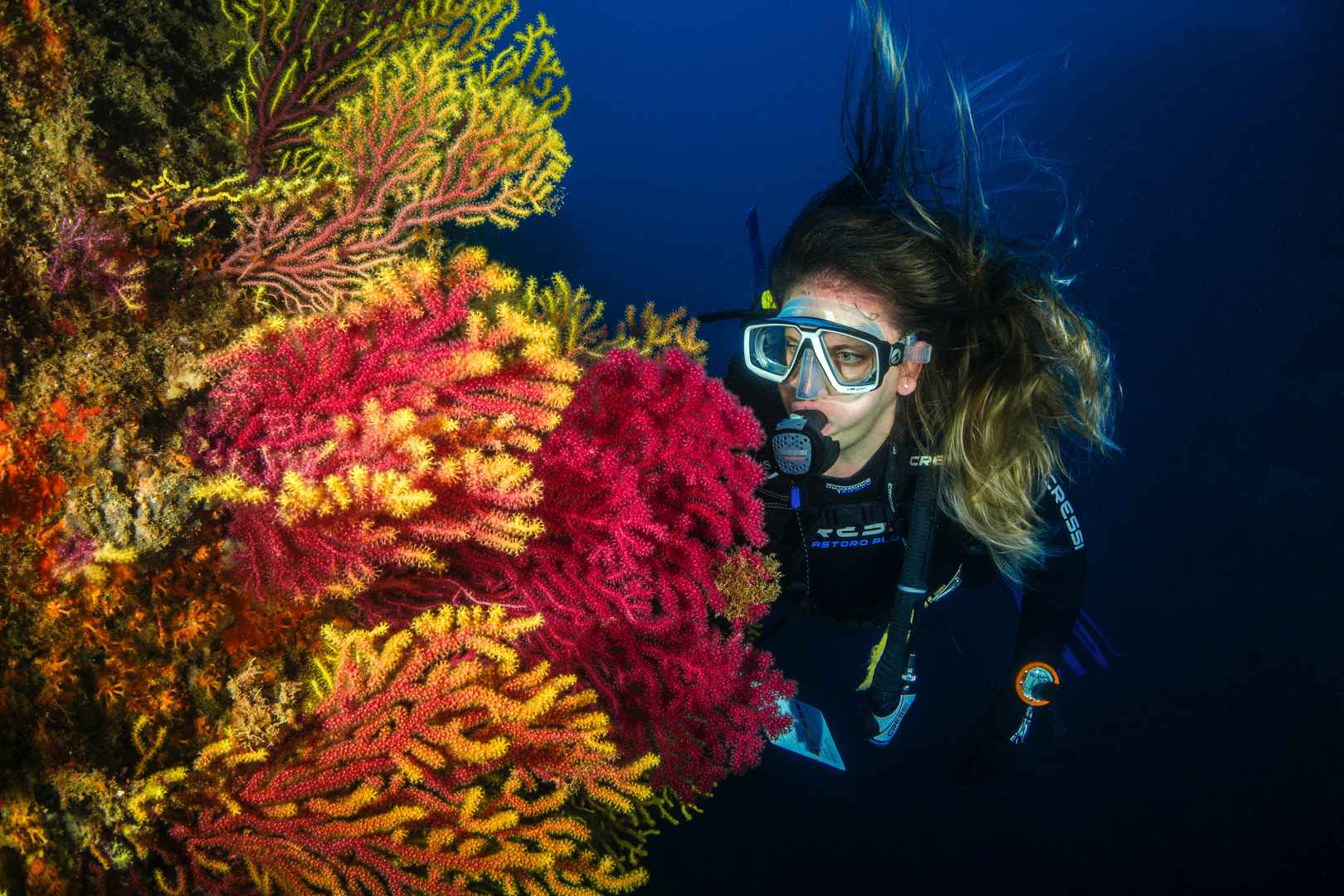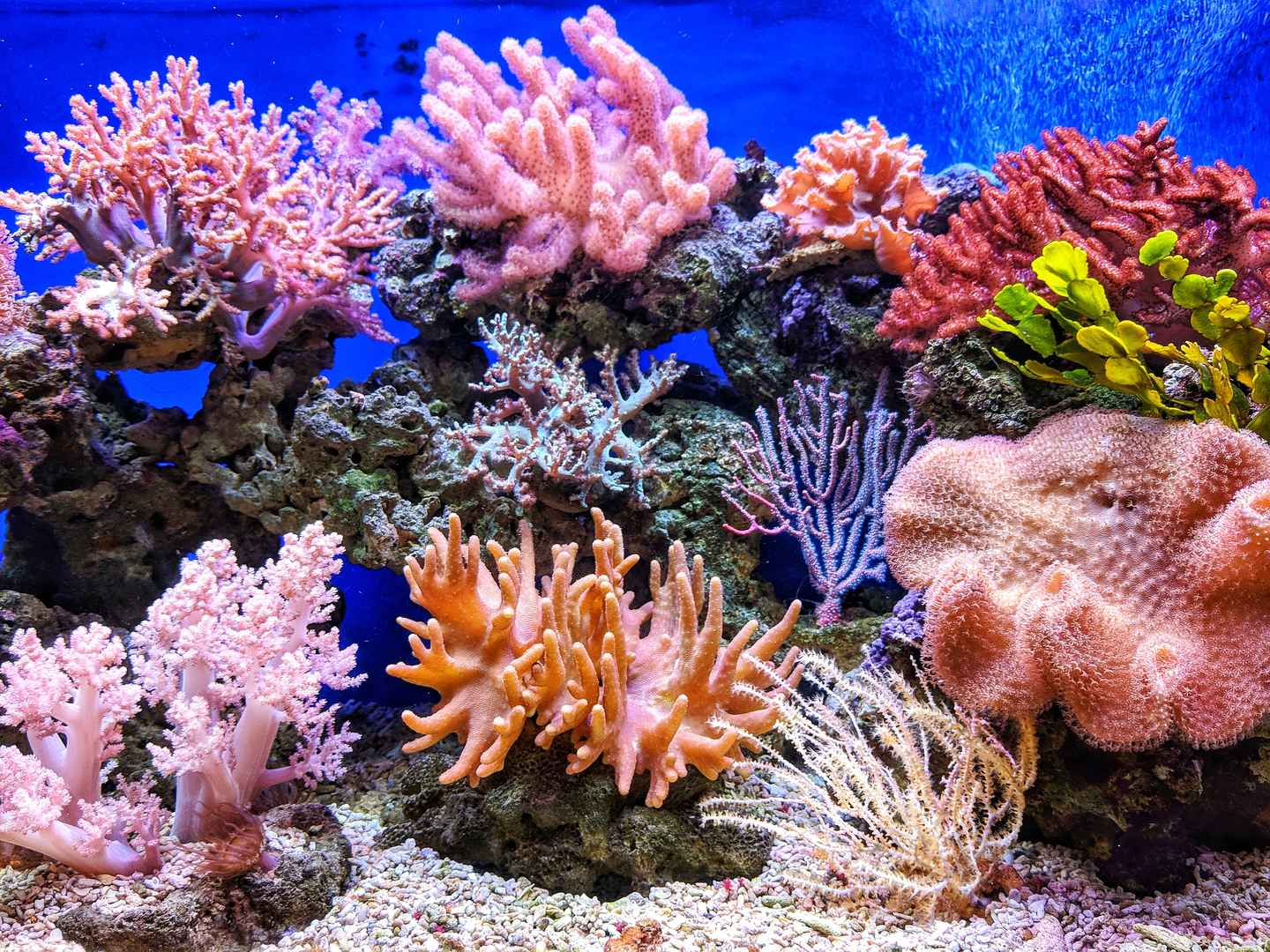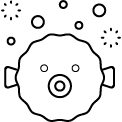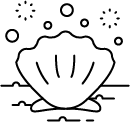What Is Seagrasses?
Seagrasses are so-named because most species have long green, grass-like leaves. They are often confused with seaweeds, but are actually more closely related to the flowering plants that you see on land.
What Fish Is In The Ocean?
Popular saltwater fish are bluefish, cod, flounder, striped bass (also found in freshwater), sea trout, tarpon, tuna, halibut, rockfish, sea perch, lingcod, and yellowtail. An estuary is where fresh water streams and rivers meet the salt water from the ocean

The Oceans Vastness
The ocean (also the sea or the world ocean) is the body of salt water that covers approximately 70.8% of the surface of Earth and contains 97% of Earth's water.[1] An ocean can also refer to any of the large bodies of water into which the world ocean is conventionally divided.[2] Separate names are used to identify five different areas of the ocean: Pacific (the largest), Atlantic, Indian, Southern (Antarctic), and Arctic (the smallest).[3][4] Seawater covers approximately 361,000,000 km2 (139,000,000 sq mi) of the planet. The ocean is the principal component of Earth's hydrosphere, and therefore integral to life on Earth. Acting as a huge heat reservoir, the ocean influences climate and weather patterns, the carbon cycle, and the water cycle.
Wiki











